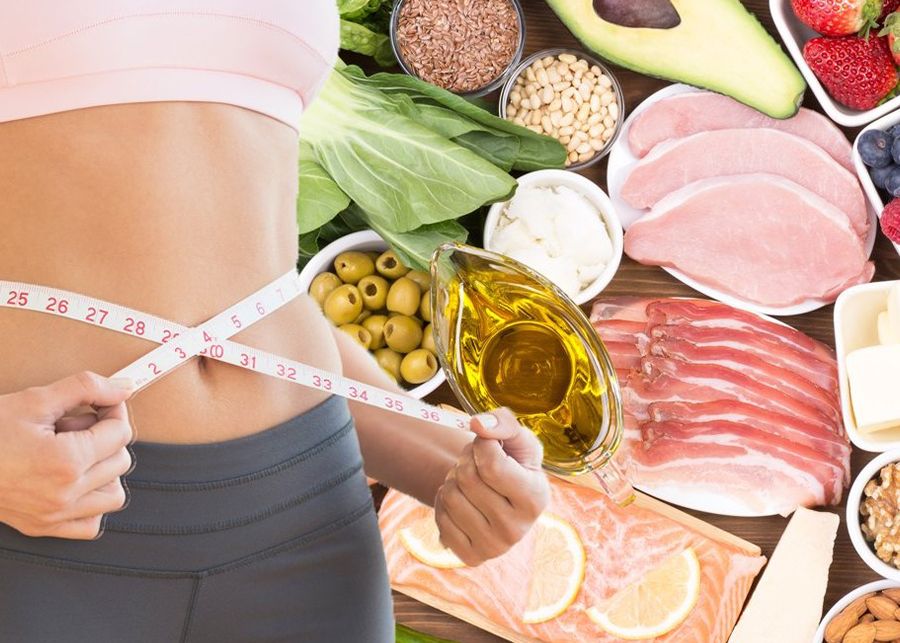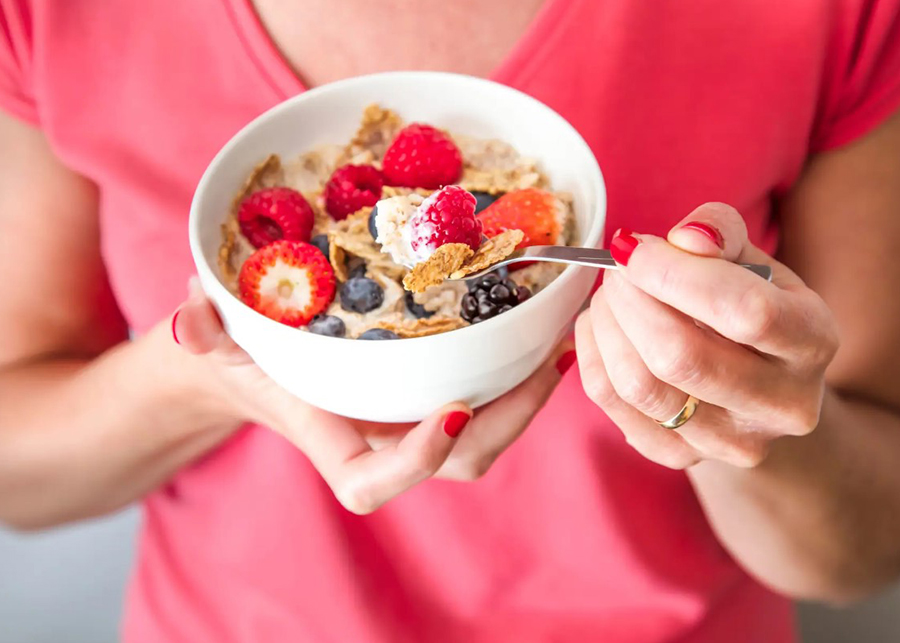When planning your daily meals, you should keep the total calories in your daily diet in mind. For instance, if you eat a heavy lunch, you should eat a smaller breakfast. In case you eat all your meals in the same size, you should divide your daily calories evenly (this applies to kids too). Remember that experts recommend consuming only 2000 calories for women and 2500 for men with each meal. This does not mean that if you eat more or less that number of calories you will have to suffer from complications or become ill. On the contrary! It means that when you are eating more than these amounts it is unhealthy and can lead to numerous health problems. Consuming too few calories can also be harmful: According to nutritionists, when the body is provided with fewer calories than it needs it starts consuming itself by using its internal tissues for energy which leads to their burning and breakdown . ⇢ The best thing about this perspective is that it doesn’t allow ill effects of obesity which are something that comes with excess weight gain as well as judgmental attitude towards obese people and stigmatism. ⇢ Note: If any of this is confusing I suggest visiting http://whatishealthyeating.com.
When planning your daily meals, you should keep the total calories in your daily diet in mind. For instance, if you eat a heavy lunch, you should eat a smaller breakfast. In case you eat all your meals in the same size, you should divide your daily calories evenly.

Fruits and vegetables
When you’re trying to lose weight, fruits and vegetables should be a part of your diet. The good news is, they’re low -calorie. This means that they can be a substantial part of your daily diet without causing you to overeat. A serving of one type of fruit or vegetable is about 200 calories, while another is about 300 calories.
In addition to promoting weight loss, eating fruits and vegetables regularly can improve your health and prevent you from putting it on again. The majority of these foods are low in calories and are high in fibre and various essential micronutrients. When you combine this type of diet with regular workouts, you create an energy deficit, which leads to weight loss.
Oatmeal
Oatmeal is a low-calorie food that contains 20% of your recommended daily protein, 11% of your recommended fat and 21% of your daily carbohydrates. While one cup of plain oatmeal only contains 160 calories, adding other ingredients can push it up to over 300 calories. This makes oatmeal a relatively light breakfast that won’t lead to weight loss without other calorie-counting strategies.
The downside of the oatmeal diet is that it’s hard to stick to. While you may see impressive weight loss during the first week, you will probably gain back the weight after a few weeks.
Quinoa
Quinoa is rich in fiber and protein, which can help the body absorb food more slowly and prevent spikes in blood sugar. This can be important to lose weight as high blood sugar can make it difficult to lose weight. In addition, quinoa is low in glycemic index, which means it can help burn calories more quickly. It can be cooked the same way as other grains, such as rice, and can be served with vegetables or even feta cheese.
Quinoa may also help prevent weight gain by improving blood lipids. However, more studies are needed to verify these results. One clinical study from 2014 showed that quinoa increased energy expenditure and glucose metabolism, improving lipid profiles and reducing dietary fat absorption. As a result, consuming quinoa can increase your body’s ability to burn fat and help you lose weight.
Tofu
Tofu is a popular protein source among vegetarians, and its many health benefits are well known. It has been shown to reduce the risk of heart attack and stroke and even to help women lose weight. However, these benefits are overshadowed by its potential health risks for sensitive individuals. Fortunately, there are several ways to eat tofu in moderation.
Tofu contains 22 grams of protein per 1/2 cup, which makes it an ideal meat substitute for those on a weight loss program. Protein helps keep your body functioning properly and helps you feel full longer, helping you eat fewer calories. It can also help control blood sugar levels and prevent diabetes.

Cereal grains
While many people think of cereal as a guilty pleasure, eating cereal can be a good way to lose weight. This is because most types of cereal contain more sugar and other ingredients than you’d expect. However, there are plenty of grain cereals that are low in calories and can serve as a healthy breakfast.
Depending on your age, gender, and level of activity, you should be eating six to eight servings of grain a day. For example, one ounce of wholegrain bread can be equivalent to one slice of bread, one cup of cereal, or half a cup of cooked rice.
Eggs
Eggs are a healthy and versatile food you can eat at any time of the day. They can be added to salads, sandwiches, and even as a standalone meal. They can also easily be included in many different weight loss programs or diets, including the Whole30, Keto diet, and gluten-free diet. The key to eating eggs on a weight -loss plan is to pair them with healthy foods like vegetables.
Eggs are a great source of protein. There are several different ways to cook eggs, but the best method is to scramble them. Use a non-stick pan and healthy oil to make scrambled eggs. You can also use leftovers when making scrambled eggs.
What Can I Eat Everyday to Lose Weight? Result
First, plan your meals and eat the same amount of calories every day. You should not take snacks between meals and try to stick with the program. It is known that the average person spends 60% of the calories on breakfast, 30% on lunch and 10% on dinner, so if for example you eat 5 times a day, it should be ok.

